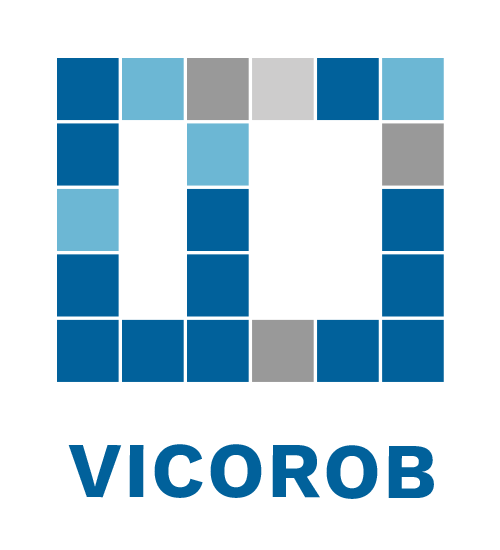![]()
MUMAP
SISTEMAS DE CONSTRUCCIÓN DE MAPAS MULTIMODALES PARA LA CARACTERIZACIÓN DE FONDOS MARINOS
MEDIANTE LA UTILIZACIÓN DE UN ROBOT AUTÓNOMO
Project reference: CTM2010-15216
TOTAL BUDGET: 227K€
DURATION: 01/01/2011 – 31/12/2013
UdG PROJECT COORDINATOR: Dr. Rafael Garcia
ABSTRACT
The study of marine habitats is a key component for understanding and managing ocean resources. In addition to its intrinsic scientific interest, underwater studies can be used for assessing sites that are important from a conservation point of view, determining areas sensitive to disturbance and pollution, development of coastal and marine protected areas management plans. In consequence, such studies provide valuable indicators for environment impact assessment and monitoring of environmental changes.
While several processing tools are available in the market for analysis and interactive 3D visualization of multi-beam sonar data, limitations in image processing techniques and data ingestion have greatly restricted the exploitation of optical data, to date, to its full potential.
This project proposes the development of a new high resolution seafloor mapping system for large areas of the ocean floor, with direct applications to environmental studies, oceanography, geology, biology and the offshore industry. An autonomous underwater vehicle (AUV) is deployed from a ship to perform a near-bottom, high-resolution geophysical survey (e.g., bathymetry, imagery and magnetics), while also gathering additional data from the seafloor and water column (turbidity, temperature, salinity, etc.). An acoustic positioning system linking the ship and the AUV (Ultra Short Base Line, USBL) provides geo-referenced navigation data as well as communication with the end user. These near-bottom surveys provide unprecedented resolution of the seafloor structure, in the order of tens of centimeters for multibeam acoustic systems and of few millimeters for optical systems. The acquired data is automatically processed and merged in a unified framework, with the aim of obtaining georeferenced, multi-modal maps of the areas of interest. Each map consists of a 2D photomosaic of the area, a lower resolution bathymetry, 3D models of specific regions of interest and a set of data from other sensors carried by the AUV (e.g. temperature, PH, salinity, water current speeds, turbidity, etc.).
This novel mapping methodology addresses the limitations of classic mosaicing techniques, by enabling high resolution, accurate 2D mapping of large areas, even in the presence of 3D relief.
PARTNERS
Sorry, no posts matched your criteria.
More projects
CATEGORY UW vision and Robotics
